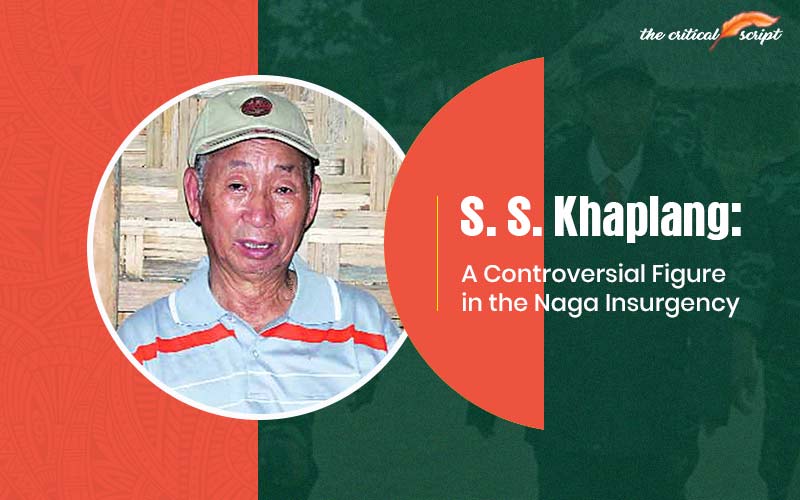
S. S. Khaplang: A Controversial Figure in the Naga Insurgency
0 Like
0.0
S. S. Khaplang was a central figure in
the Naga insurgency, a conflict that has shaped the socio-political landscape
of Northeast India and northwestern Myanmar for decades. As the founder and
leader of the National Socialist Council of
Nagaland-Khaplang (NSCN-K), he played a defining role in both military operations and political
strategies in the Naga struggle for self-determination. His leadership,
however, was marked by a mix of steadfast resistance, internal factionalism,
and shifting alliances, making him one of the most enigmatic figures in
Northeast India’s insurgent history.
Origins and Early Involvement
Born in 1940 in Myanmar (Burma), ShangwangShangyungKhaplang belonged to the Hemi Naga tribe, a lesser-known subgroup of the Naga ethnic community. Unlike many Naga
leaders who were based in India, Khaplang operated primarily from Myanmar,
which gave his faction a unique position in the larger Naga political
landscape.
The Naga movement had its roots in the
demand for sovereignty dating back to India's independence. Initially, the Naga National Council (NNC), led by A. Z. Phizo, spearheaded this demand. However, the failure of the Shillong Accord of 1975, which sought peace between Naga
insurgents and the Indian government, led to internal divisions. In 1980, S. S.
Khaplang, along with IsakChishiSwu and ThuingalengMuivah, broke away to form the National
Socialist Council of Nagaland (NSCN), rejecting any settlement that fell short of full independence.
The 1988 Split and the Rise
of NSCN-K
In 1988, ideological and leadership
differences caused a major rift within NSCN. The movement split into two
factions:
● NSCN-IM (Isak-Muivah) – Led by IsakChishiSwu and ThuingalengMuivah, advocating a political settlement
through peace talks.
●
NSCN-K
(Khaplang) – Led by S. S. Khaplang, maintaining a more militant stance.
This division led to intense clashes
between the two factions, often resulting in violent infighting and civilian casualties. While NSCN-IM pursued negotiations
with the Indian government, culminating in the 1997 ceasefire and the 2015 Framework Agreement, Khaplang remained skeptical of
political settlements and continued military operations.
NSCN-K’s Role in Insurgency
and Regional Politics
NSCN-K's influence was significant,
particularly in the India-Myanmar border regions. The group engaged in armed
resistance against Indian security forces, extortion, and strategic alliances
with other militant groups. Unlike NSCN-IM, which focused on Naga-inhabited
areas of Nagaland, Manipur, Arunachal
Pradesh, and Assam, Khaplang
maintained a broader vision that included Naga communities in Myanmar.
One of Khaplang’s most controversial
decisions was the 2015 unilateral withdrawal
from the ceasefire agreement with India, which his faction had upheld since 2001. This move reignited hostilities,
culminating in the deadly Manipur
ambush of June 2015, where
NSCN-K operatives killed 18 Indian
Army personnel. The
Indian government responded with a cross-border military operation targeting
insurgent camps in Myanmar.
Another key development under
Khaplang’s leadership was the formation
of the United National Liberation Front of Western South East Asia (UNLFW) in
2015, a militant coalition
including NSCN-K, ULFA-I (Assam), NDFB-S
(Bodoland), and KLO (Kamtapur Liberation Organization). This marked an attempt to unify
Northeast insurgent groups against Indian forces, though its long-term
effectiveness remained limited.
Challenges and Decline
Despite his influence, Khaplang’s
strategy had its limitations. His reliance on Myanmar as a base of operations made his faction less relevant in
India’s evolving Naga peace process. Furthermore, internal dissent within
NSCN-K, combined with increased military pressure from India and Myanmar, weakened the group.
Khaplang’s death on 9 June 2017 from prolonged illness in Myanmar created a leadership vacuum, leading
to further divisions within NSCN-K. The group splintered into multiple
factions, some of which later entered into ceasefire agreements with the Indian
government.
Legacy: Freedom Fighter or
Warlord?
S. S. Khaplang’s legacy remains deeply polarizing. To his followers, he was a guardian of
Naga sovereignty, refusing
to compromise on their struggle for an independent homeland. His insistence on
armed resistance resonated with those who saw peace talks as diluting the Naga cause.
However,
critics argue that his militant approach prolonged
the conflict, leading
to civilian suffering, factional violence,
and missed opportunities for a political resolution. Unlike NSCN-IM, which engaged with
India in peace negotiations, NSCN-K remained largely isolated, reducing its
impact in shaping the region’s future.
Disclaimer: The opinions expressed in this article are those of the author's. They do not purport to reflect the opinions or views of The Critical Script or its editor.

Newsletter!!!
Subscribe to our weekly Newsletter and stay tuned.





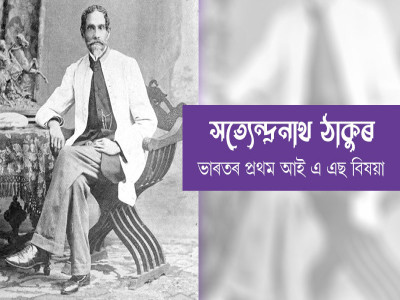
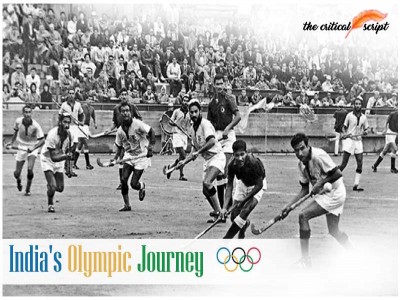
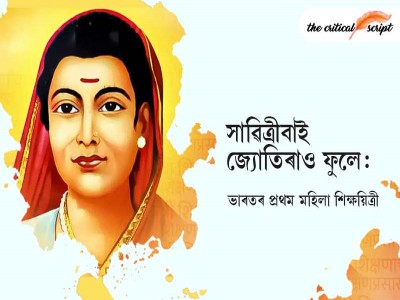



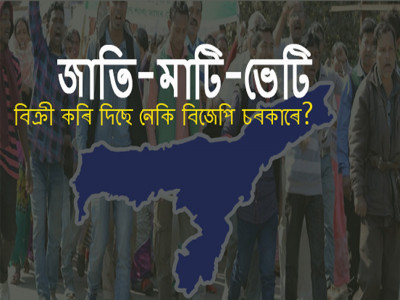





Related Comments